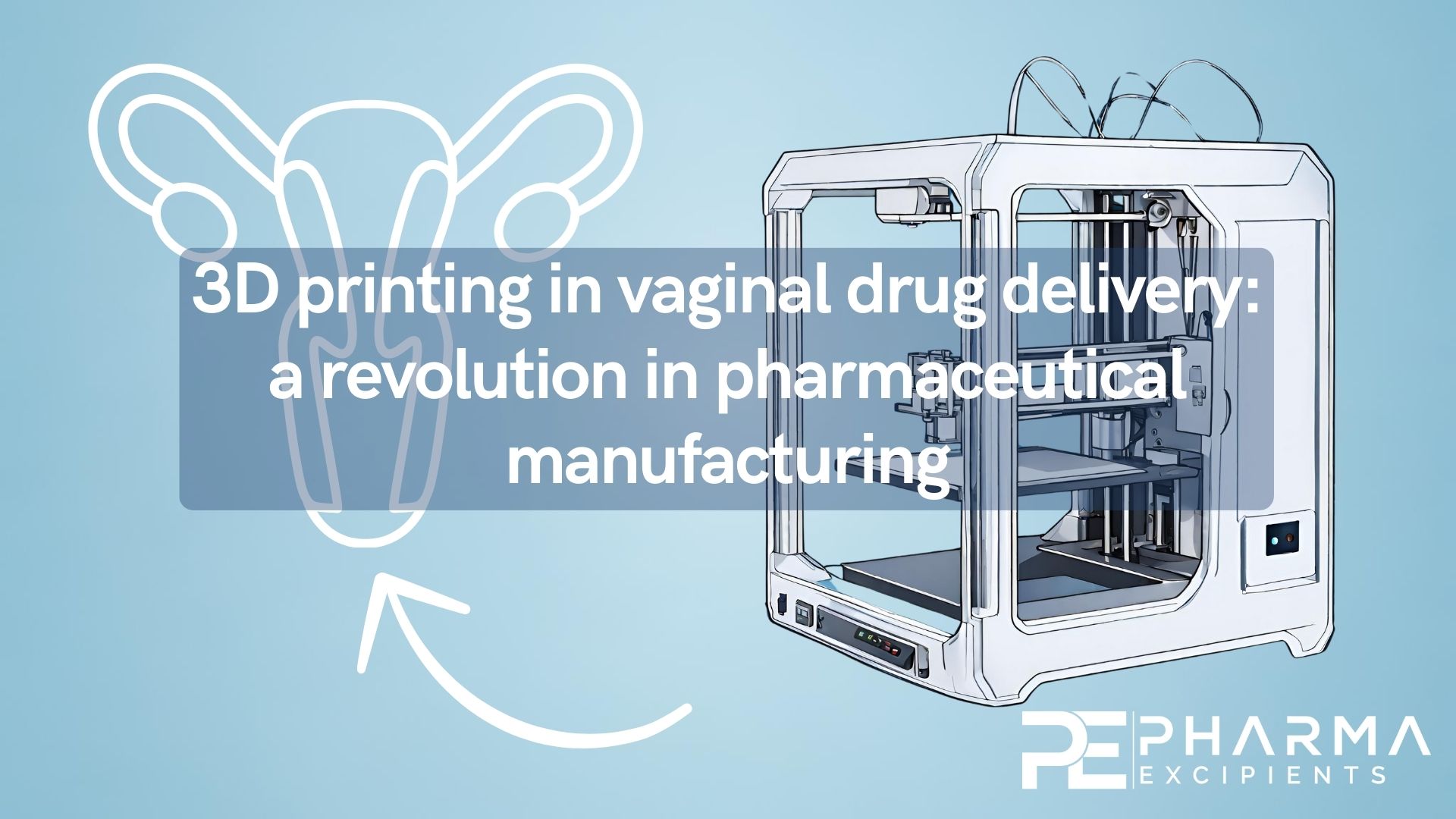3D printing in vaginal drug delivery: a revolution in pharmaceutical manufacturing

Introduction
The Food and Drug Administration’s approval of the first three-dimensional (3D) printed tablet, Spritam®, led to a burgeoning interest in using 3D printing to fabricate numerous drug delivery systems for different routes of administration. The high degree of manufacturing flexibility achieved through 3D printing facilitates the preparation of dosage forms with many actives with complex and tailored release profiles that can address individual patient needs.
Areas covered
This comprehensive review provides an in-depth look into the several 3D printing technologies currently utilized in pharmaceutical research. Additionally, the review delves into vaginal anatomy and physiology, 3D-printed drug delivery systems for vaginal applications, the latest research studies, and the challenges of 3D printing technology and future possibilities.
Highlights
- 3D printing is emerging as a revolutionary alternate manufacturing technique for complex pharmaceutical dosage forms over conventional approaches.
- The choice of 3D printing technology depends on the drug and polymer properties, dosage form geometry, and drug release profile.
- Vaginal drug delivery offers targeted drug delivery, reduces systemic exposure, avoids gastric exposure, and eliminates food effects.
- 3D printing has enabled the development of medical devices – intrauterine devices, vaginal rings, mesh implants, and suppository molds provide flexibility in dosage design for individual needs.
- Despite the potential, 3D printing techniques face regulatory and practical challenges before being used in clinical settings.
Expert opinion
3D printing technology can produce drug-delivery devices or implants optimized for vaginal applications, including vaginal rings, intra-vaginal inserts, or biodegradable microdevices loaded with drugs, all custom-tailored to deliver specific medications with controlled release profiles. However, though the potential of 3D printing in vaginal drug delivery is promising, there are still challenges and regulatory hurdles to overcome before these technologies can be widely adopted and approved for clinical use. Extensive research and testing are necessary to ensure safety, effectiveness, and biocompatibility.
Read more

